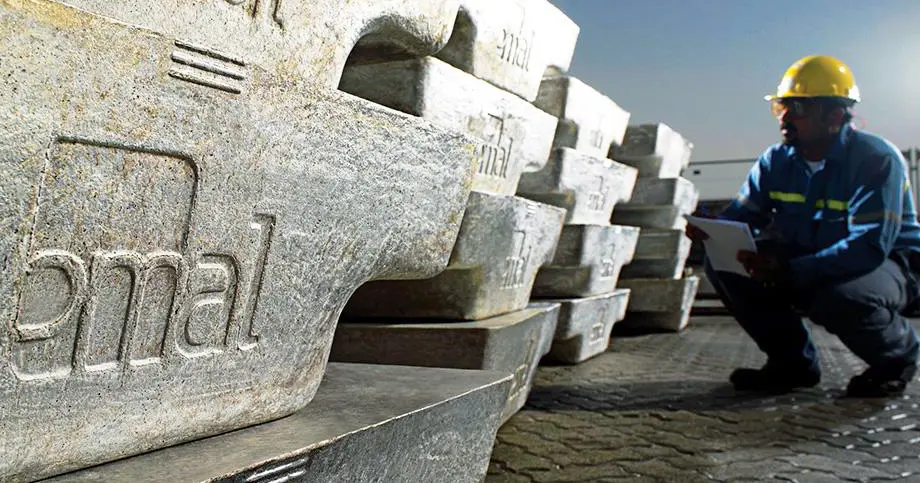Sweden – ‘Waste is what is left behind when our imagination fails,’ argued Professor Christian Ekberg of Chalmers University of Technology when addressing last week’s Circular Materials Conference in Gothenburg. He said the product value chain painted ‘not a pretty picture’, describing it as an intricate cobweb of standards and figures which was ‘hard to penetrate’.
A total of 180 000 cars reach their end-of-life stage in Sweden every year, delegates learned. ‘This compares to roughly 10 million end-of-life vehicles scrapped annually all throughout Europe,’ said Maria Ljunggren Söderman of the IVL Research Institute. She reported that up to 3000 tonnes of scarce metals end up in Sweden’s waste stream, with only one metal -namely platinum – being ‘functionally recycled’ owing to its high concentrations in catalytic converters.
‘It doesn’t look too good even if we have high overall recycling rates for cars (85%-plus),’ she lamented. ‘The fact remains that a great portion of the scarce metals are lost. This will prove a big issue in the near future as we will be faced with increasing and diversifying demand for scarce metals.’
Expanding list of ‘critical’ metals
According to Professor Pär Weihed of Lulea University of Technology, the world generally witnesses a 3% increase in metals consumption every year. He calculated that the amount of minerals consumed annually by the average Western World citizen is in the 16-18 tonnes range. This includes 72 kg worth of aggregates, as well as 6 kg of copper, 5 kg of lead, 3 kg of zinc and 3 kg of manganese.
‘Back in 2010, there were 14 metals listed as critical,’ he pointed out. ‘This grew to 20 in 2014. So this begs the question: in what year will the entire Periodic Table be in the danger zone?’ At the same time, he said, it would be wise to remain ‘level-headed’ and not to succumb to ‘blind panic’.
‘There is no fixed stock’
Weihed rejected articles claiming that the world will run out of copper by the year 2037, declaring this prediction is ‘pure bullshit’. He reminded delegates that metals have no expiration date so there is no ‘fixed stock’ for any period of time. ‘Also, let’s not forget about all the copper pipes, cables and roofing from circa 1960 that will become available in the next couple of years,’ he noted. ‘This will release a huge volume of scrap into the waste stream.’
He went on to advocate more action on rare earth metals. ‘This does scare me a little,’ he admitted. ‘We are doing next to nothing.’ To this, David Gardner of C-Tech Innovation added that the EU consumes around 9000 tonnes of rare earth magnets per annum, of which only 10% is returned to the system while the rest is ‘just swimming around somewhere’.
Training future pioneers
‘Such great challenges are exactly why universities such as Chalmers have an important role to play in encouraging students to become involved in sustainable practices,’ Ekberg told delegates. ‘And when I say students, I am not just talking about the engineers and chemists. We have to train everyone who might ultimately work in the industry.’
Recycling International will publish a full feature detailing the Circular Materials Conference in its August issue.
Don't hesitate to contact us to share your input and ideas. Subscribe to the magazine or (free) newsletter.



